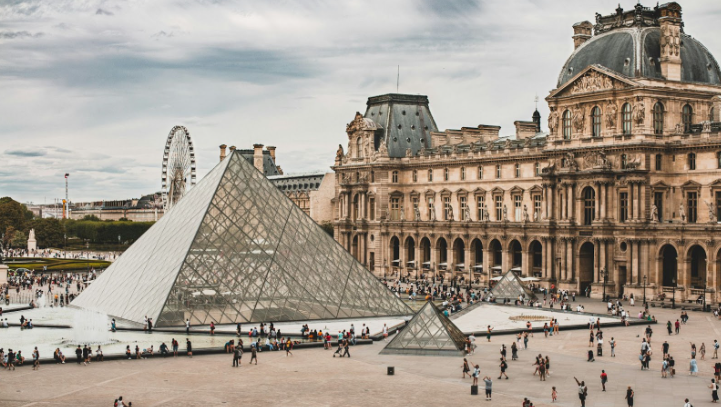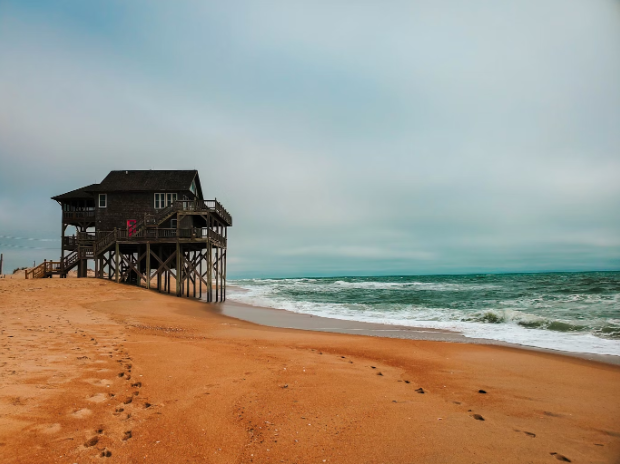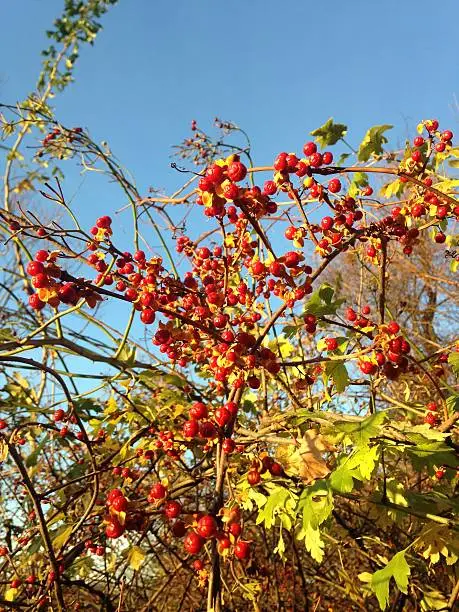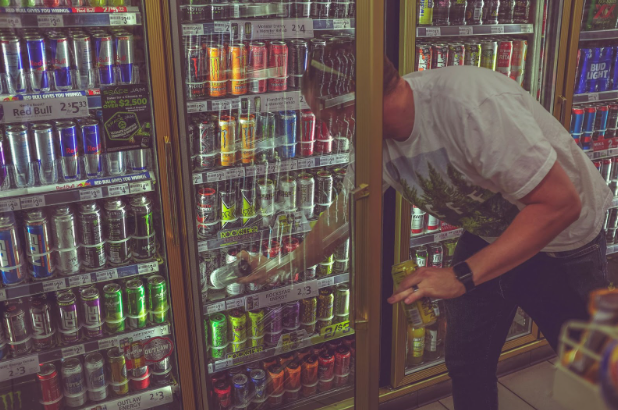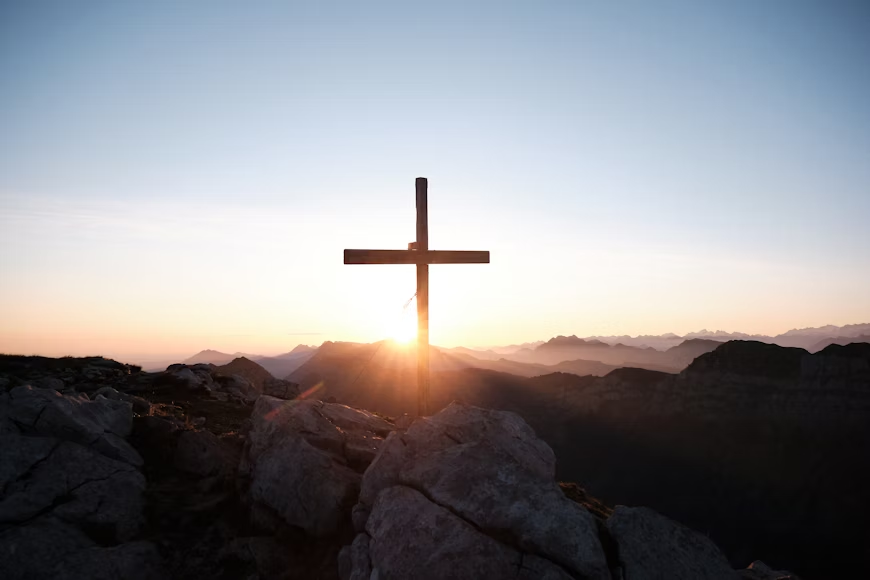People around the world celebrate the common festive season of Christmas to commemorate different beliefs. These vary from the birth of Jesus, family and community, changes in seasonal cycles as well as to honour local traditions, amongst other reasons. The origins of Christmas are deeply rooted in Christian traditions, pre-Christian influences and modern innovations blending cultural, religious and historical traditions to create the holiday we recognise today.
While snow and Santa may come to mind for many, romantic dinners, braais, fasting and church sermons come to others.’ The GH Falcon has compiled a list of diverse celebrations of the holiday emphasising the different culturally rich practices that make Christmas a great holiday for many. Traditions differ by region; the Americas, Africa and Europe celebrate Christmas in a more family centered and festive way while places like in the Middle East celebrate it more biblically with pilgrimages and processions.
Europe: Europe’s version of Christmas is a ‘magical and diverse’ celebration filled with vibrant festivities. It primarily focuses on blending spiritual reflection with festive joy, showcasing rich cultural heritage. There are Christmas markets where cities across Europe feature artisan crafts, seasonal treats- such as mulled wine and gingerbread- and twinkling lights as well. Germany, Australia and France are well known for hosting these markets.
Germany and Austria are known for their Adventskranz (Advent Wreath)- the first Advent Sunday where a candle is lit for every Advent Sunday leading up to Christmas Eve- and St. Nicholas Day on the 6th of December. Italy focuses more on the nativity scene- featuring the Holy family of Mary, Joseph and baby Jesus along with their biblical figures- and the feast of Epiphany on Jan. 6th. The feast marks the end of the Christmas period and celebrates the coming of Jesus Christ into the world, the Three Wise Men coming to Jerusalem to worship God’s incarnation. It is celebrated exactly 12 days after Christmas.
Spain celebrates ‘Los Reyes Magos’ meaning the Three Kings Day with parades and gifts. The kings parading adorn nativity decorations on the 5th of January and children leave their shoes outside overnight, anticipating a visit from the wise men, and wake up to their shoes filled with gifts. It is a common practice for people to attend church on Christmas Eve after a grand Christmas Dinner, ‘misa del gallo’ at midnight where they renew their faith and celebrate the birth of Jesus.
Nordic Countries- Denmark, Finland, Iceland, Norway, Sweden and three other territories- gather together and make traditional foods, like herring and glögg. They also have St. Lucia’s Day on the 13th of December. They indulge in drinking, feasting, singing and making sacrifices for the gods and ancestral spirits for 12 consecutive days.
The Americas: Christmas in regions around America is a vibrant mix of culture and modern entertainment. In North America, specifically the U.S. and Canada, celebrate with decorations around homes, Christmas trees and holiday parades. Well-known traditions include Santa Clause and beautiful light displays around malls and streets. Families prepare delicious foods, from roast turkey and ham to eggnog and cookies as well as other sweet treats.
During November and December, it is very common to see Christmas trees, reindeer and snowmen around neighbourhoods. It is traditionally a holiday to celebrate the birth of Jesus Christ, but it takes on a more ‘secular’ approach due to the nation’s multiculturalism. Mexicans focus more on the religious aspect of the holiday. They follow practices such as their ‘Las Posadas,’ which are reenactments of Mary and Joseph’s search for shelter, and attend Midnight Mass. The celebration often extends to the aforementioned ‘Three King’s Day.’
In the south and central part of America, Christmas traditions are heavily influenced by Catholic traditions. Their Christmas includes processions and church services with feasts and fireworks eliminating their eve. In Brazil, it is common to host barbecue and musical performances. Colombia celebrates ‘Dia de las Velitas’ (Day of the Little Candles) on Dec. 7, which marks the start of the season. Roller skating to church is a unique custom in places like Caracas. Lastly in Peru, Andean traditions- they put together nativity scenes in churches and homes to perform dances and plays and cook typical cultural dishes.
As for people in the Caribbean, although located in the Americas, they combine African and European traditions with vibrant music and street parties to celebrate Christmas. They prepare popular dishes like rum cake and sorrel drinks and are famous for their Grand Market (called the Gran’ Market by locals) street fairs on Christmas Eve.

Africa: Similar to celebrations in the Caribbean, Africans hold summer barbecues called braais, and family gatherings as well. As a predominantly christian nation, church services are prudent to the holiday on the eve and day of Christmas. Communities gather outdoors to sing candlelight carols and attend sermons.
Food ranges from roasted meat, vegetables and local specialities like sadza (a maize-based staple food) from Zimbabwe and malva pudding (a sweet dessert) from South Africa. In countries like Ethiopia and Egypt, Orthodox Christian fasting and praying is a cornerstone of celebrating Christmas properly. It is a special tradition to give friends and family hand-made gifts. Its main purpose is to symbolize the thought and affection a person has for their loved ones, especially in the economically constrained countries.
Sharing food with neighbors and the less fortunate is also a common practice. African traditional songs foster a lot of energy and joy in the celebration with a blend of local and modern rhythms. Africans are well-known for their storytelling habits during Christmas times.hey recite biblical stories, parables. They tell traditional folktales featuring cultural legends that teach moral lessons and inspirational stories of resilience and leadership in their countries to inspire unity and hope. Elders share personal and historical experiences too.
Asia: Christmas in Asia varies depending on the location’s cultural diversity, religious significance and Christian population. Christmas around east Asia is largely secular, while it’s not a traditional holiday, it’s celebrated with romance, gift-giving and light displays. In Japan, it is a common practice to eat KFC on Christmas Eve and couples treat this holiday as a romantic one, similar to Valentine’s Day.
Apple gifting is also another common tradition in China because the word ‘apple’ sounds like ‘peace’ in Mandarin. Many christians in South Korea and China attend church services and gatherings. Christmas in India, known as Bada Din, is celebrated mainly by Christians especially in Goa, Kerala and the northeast.
Homes and churches around Sri Lanka are usually decorated with lights, stars and nativity scenes. Christmas around South Asia involves sharing traditional sweets, like kulkuls and neuroes. The festive season is more cultural in Southeast Asia.
In the Philippines, Christmas is deeply rooted around Filipino culture and is celebrated as early as September. They have traditions like Simbang Gabi (nine days of dawn masses) and large feats referred to as Noche Buena, a time for large family and community gatherings. Thailand and Vietnam celebrate a more secular version of Christmas, similar to Japan. Their Christmas is marked by decorations, shopping and entertainment, it is treated as a festive commercial occasion. In places like Indonesia, the holiday is celebrated with church services, carol singing and beautiful decorations around churches and streets. They follow local traditions like Wayang Kulit which includes shadow puppet performances imitating nativity scenes from the Bible.
Oceania: Oceania blends western festivities and cultural influences, shaped by climate and traditions to celebrate christmas. Australia and New Zealand celebrate outdoors with beach festivals and picnics as Christmas falls during the summer. Popular outdoor events include singing Christmas carols by candlelight and hosting parades which feature music and Santa Claus.
They have a ‘Santa in Shorts’ method for Christmas, where Santa is depicted in lighter and summer friendly clothes due to the hot weather. Pacific Islands, such as Fiji and Samoa, mix Christian traditions with local customs during Christmas celebrations. They attend vibrant church gatherings and midnight masses, and host large communal meals which feature local delicacies, such as roasted pig and coconut dishes. Christmas for people in Papua and New Guinea includes both tribal customs with colorful and traditional dresses and dances with Christina elements. Villages gather together for church services, festive meals and storytelling sessions.
Ideally, Christmas is a season that brings people together through shared values of love and generosity as well as hope. Although diversely expressed, Christmas fosters consistent central universal themes of family, community, gift-giving and the celebration of hope – with a unifying spirit that makes it globally appreciated. The holiday fosters feelings of goodwill and connection which showcases beautiful and unique ways people celebrate. These unique celebrations showcase the beauty of cultural diversity. Christmas is a time for people from different backgrounds to find joy in togetherness making it one of the most cherished holidays worldwide.





